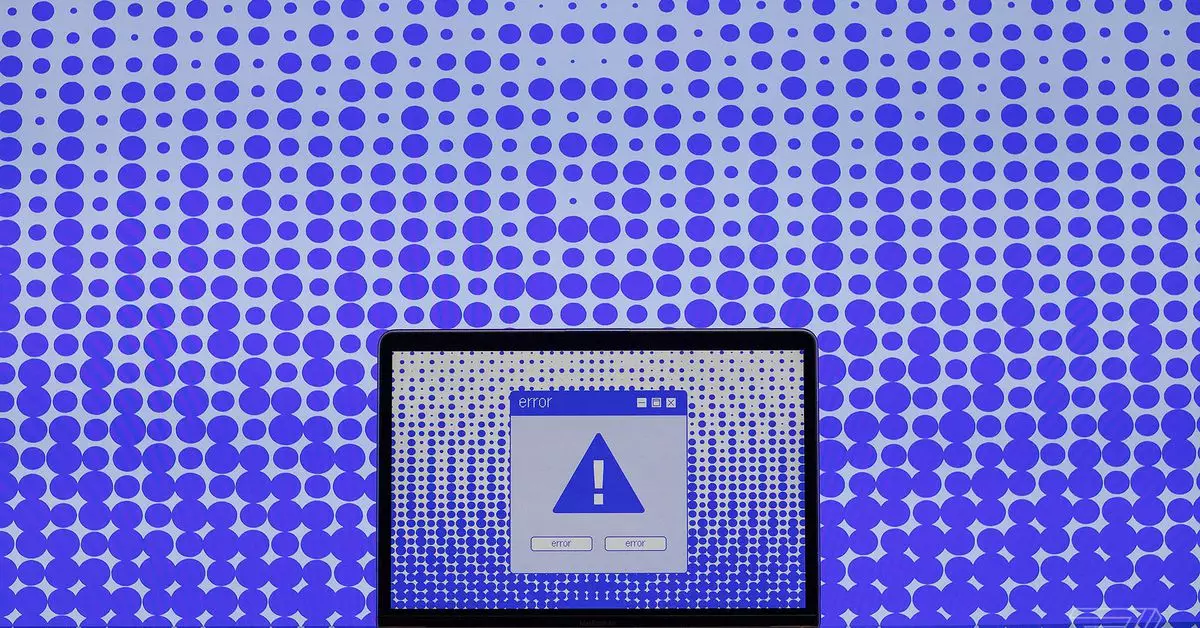The Internet Archive, a critical pillar of the digital age, is facing significant turmoil after suffering a cyberattack that has temporarily disabled its extensive digital library and the renowned Wayback Machine. The incident, as detailed by its founder Brewster Kahle, is emblematic of the growing threats that organizations face in a digitally connected world. This breach is not just a technical hiccup but poses profound questions about digital security, data integrity, and user trust in an era where our online identities are increasingly vulnerable.
The cyberattack exposed sensitive data, including email addresses, screen names, and password change timestamps, affecting over 31 million unique accounts. Such a breach raises immediate red flags regarding user safety and the organization’s ability to safeguard private information. The situation was exacerbated by a DDoS (Distributed Denial of Service) attack, which not only compromised the Archive’s data integrity but also rendered its services inaccessible. Users attempting to access the site are met with a disconcerting message that the platform is “temporarily” offline, a stark reminder of the fragility of digital resources.
In the wake of this crisis, Kahle issued assurances that while services are down for emergency assessments, the underlying data remains protected. This announcement is crucial to maintaining user confidence; however, the damage has already been done. The immediate necessary action taken by the staff to strengthen security measures illustrates a proactive approach to address vulnerabilities. While a quick resolution is anticipated—“days, not weeks” according to Kahle—the long-term implications of such breaches cannot be overlooked. The digital community awaits the Archive’s return, but with an emphasis on improved security protocols.
Cybersecurity expert Troy Hunt played a pivotal role in shedding light on the situation by confirming the release of stolen data to the public. His platform, “Have I Been Pwned,” serves as a critical tool for individuals who wish to monitor their data health. The integration of cybersecurity vigilance within public consciousness is essential; after all, even the most trusted digital institutions are not immune to threats. The need for users to be aware of potential risks associated with data breaches cannot be overstated, and Hunt’s initiative empowers individuals to take charge of their digital safety.
As the Internet Archive navigates the choppy waters following this cyberattack, the broader implications for digital preservation and public trust loom large. The incident serves as a reminder about the precarious balance between accessibility to information and the essential safeguarding of personal data. The future of online archives and libraries will rely heavily on the implementation of robust security measures to ensure that users can confidently access and contribute to digital repositories without fear of compromising their information. In the aftermath of this crisis, the focus must shift not only to recovery but also to evolving cybersecurity frameworks that correspond to the growing sophistication of online threats.
The revival of the Internet Archive comes not only with the hope for its immediate functionality but also with an urgent call to reinforce digital safety—because in our interconnected world, the survival of digital resources depends as much on robust cybersecurity as it does on accessibility.


Leave a Reply